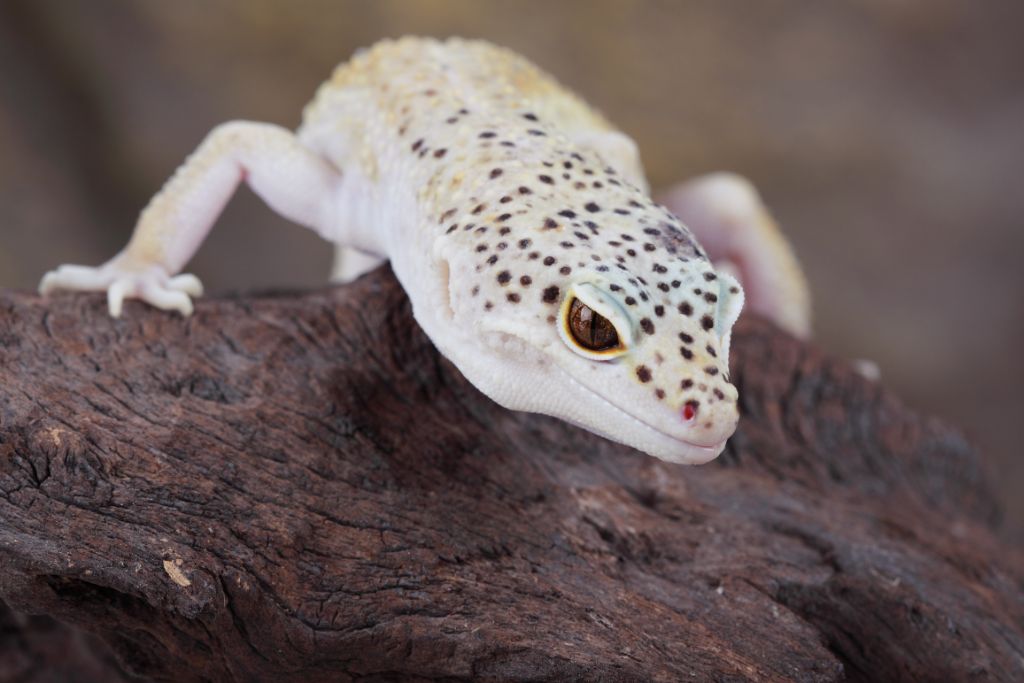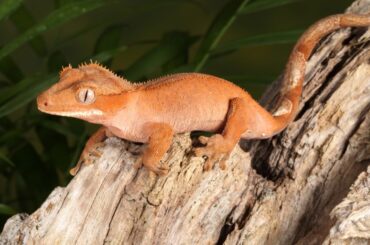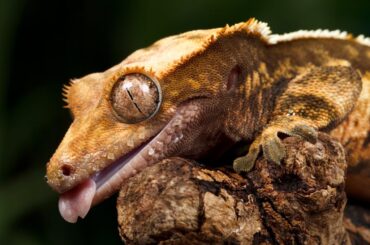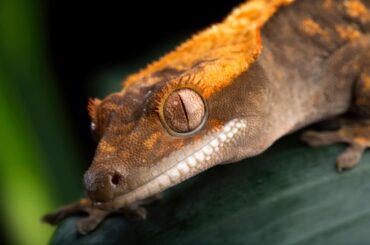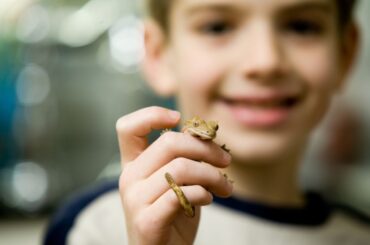Are you a leopard gecko owner or thinking about getting one? These exciting reptiles make great house pets with their unique patterns and gentle nature. Keeping a close eye on their health and appearance is essential to ensure they are thriving in their environment.
Leopard geckos shed their skin periodically, which is fascinating. This shedding allows them to grow and replace damaged skin, similar to how humans shed dead skin cells. During this process, you may notice changes in their skin color, including paleness.
As responsible pet owners, it is crucial to monitor the health and appearance of our leopard geckos. Pale skin can indicate various underlying issues that may require attention. We can spot health concerns early by watching color changes.
We’ll explore why your leopard gecko is pale and how to keep it healthy and happy. If your leopard gecko is pale and you want to take the best care of it, keep reading!
7 Common Reasons for Leopard Gecko’s Pale Appearance
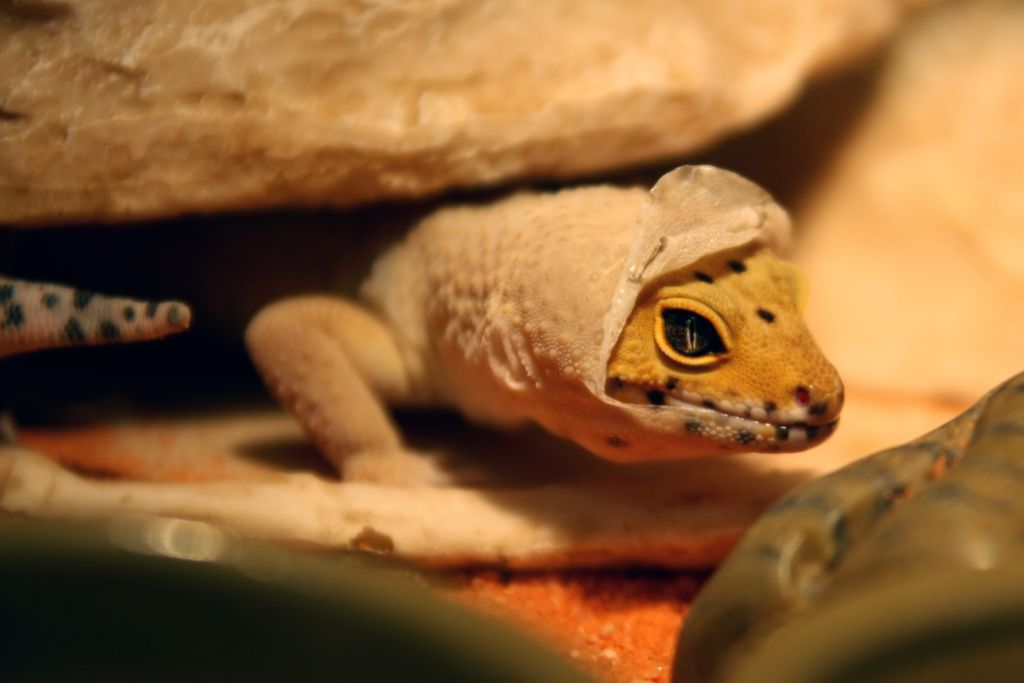
Leopard geckos are fascinating creatures with unique patterns and vibrant colors. If your leopard gecko is turning white, something may need to be fixed. Here are some common reasons why leopard geckos may develop a pale appearance:
Shedding Season
Leopard geckos are intriguing reptiles that shed their skin to grow new, healthier skin. Shedding is a natural and essential part of their growth and development. During this process, the gecko’s skin may appear pale or dull, signaling that it is preparing to shed.
To prepare for shedding, leopard geckos exhibit certain behaviors. They may become less active, spend more time hiding, and lose their appetite temporarily. The gecko’s pale, translucent skin loosens as the new skin grows underneath. Geckos need a tranquil atmosphere to shed, so don’t bother them.
The frequency of shedding in leopard geckos varies depending on age and growth stage. Younger geckos shed more frequently, typically every 2 to 4 weeks, due to their rapid growth rate. As they mature, the shedding frequency decreases to around once a month or even less.
Stress
Several factors can cause stress in these reptiles. Loud noises stress leopard geckos, changes in temperature, poor handling, and overcrowded environments. When they experience prolonged or excessive stress, it can affect their overall health and appearance.
Continued stress can manifest as a pale or washed-out coloration in leopard geckos. This change in coloration occurs due to hormonal responses triggered by stress. The gecko’s body may use resources to produce dull pigments, making it pale.
Your leopard gecko needs a stress-free habitat with optimum temperatures, lighting, and hiding spots. Avoid sudden loud noises or disturbances that may startle them. Handling should be gentle and infrequent to minimize stress.
Nutritional Imbalances
A balanced and nutritious diet is essential for leopard geckos’ health and vibrant appearance. These reptiles need a varied diet of crickets, mealworms, and supplements. Nutritional imbalances can arise if their diet lacks essential nutrients, particularly calcium and vitamin D3.
Metabolic bone disease (MBD) can impact leopard gecko bone strength and health if calcium is deficient. Symptoms of MBD include weakened bones, difficulty walking, tremors, and a pale or discolored appearance. Vitamin D3 helps absorb calcium; a shortage might worsen calcium problems.
To ensure a balanced diet, providing calcium-rich foods and proper supplementation is crucial. Dusting live insects with a calcium powder designed for reptiles can help meet their calcium requirements. Exposure to appropriate UVB lighting allows leopard geckos to synthesize vitamin D3 naturally.
Health Issues
A pale appearance in leopard geckos may sometimes indicate underlying health issues. Various health conditions can contribute to their faded coloration. Illnesses, mouth rot, parasites, and impaction are among the potential causes.
When leopard geckos are unwell, they may display other symptoms alongside pale coloration. These symptoms can include lethargy, loss of appetite, weight loss, abnormal behavior, or visible signs of infection. If you see persistent pale coloration or other worrying symptoms, visit a vet.
Leopard gecko color fading during shedding or stress does not necessarily signal a major health issue. Staying vigilant and monitoring your gecko’s overall health and behavior is crucial. Maintaining a clean home and regular medical checkups will help your leopard gecko stay healthy and lively.
Shedding Complications and Retained Skin
Leopard geckos undergo a natural process called shedding, where they shed their old skin for new growth. Sometimes complications can arise during this process. Shedding can be caused by low humidity or hard surfaces.
After shedding, some pieces of the gecko’s old skin remain attached. This can pose risks to their health and well-being. The retained skin could block the gecko’s toes, tail, or other body components, causing discomfort.
Retained skin can encourage bacterial or fungal growth, causing illnesses. You must observe your leopard gecko to ensure complete shedding and remedy any issues.
Environmental Factors
The environment in which a leopard gecko lives plays a significant role in its overall health and appearance. Leopard geckos can be pale due to temperature and humidity. Insufficient temperature gradients can influence metabolic processes and skin pigmentation.
They require a temperature gradient in their enclosure, with a warm and cooler side. Low temperatures might impact digestion and metabolism, causing paleness. Maintaining the appropriate temperature range is essential for their overall well-being.
Humidity levels within the enclosure are crucial for leopard geckos. Insufficient humidity can lead to dehydration. Excessive humidity can create a damp and humid environment that may increase the risk of respiratory infections. They need the right temperature and humidity to stay healthy and lively.
Dehydration
Dehydration happens when a leopard gecko’s body lacks water. Insufficient clean water, low humidity, or health conditions might cause it. When a gecko is dehydrated, it can significantly impact its skin appearance.
Their skin may become dull and flaky. In severe cases, dehydration can even lead to wrinkling of the skin. It’s always important to provide fresh and clean water, ensuring the gecko has easy access. By maintaining a humid environment, leopard geckos can preserve the health and color of their skin.
To ensure their health, monitor their shedding, maintain proper temperature and humidity, and hydrate them.
Care and Support
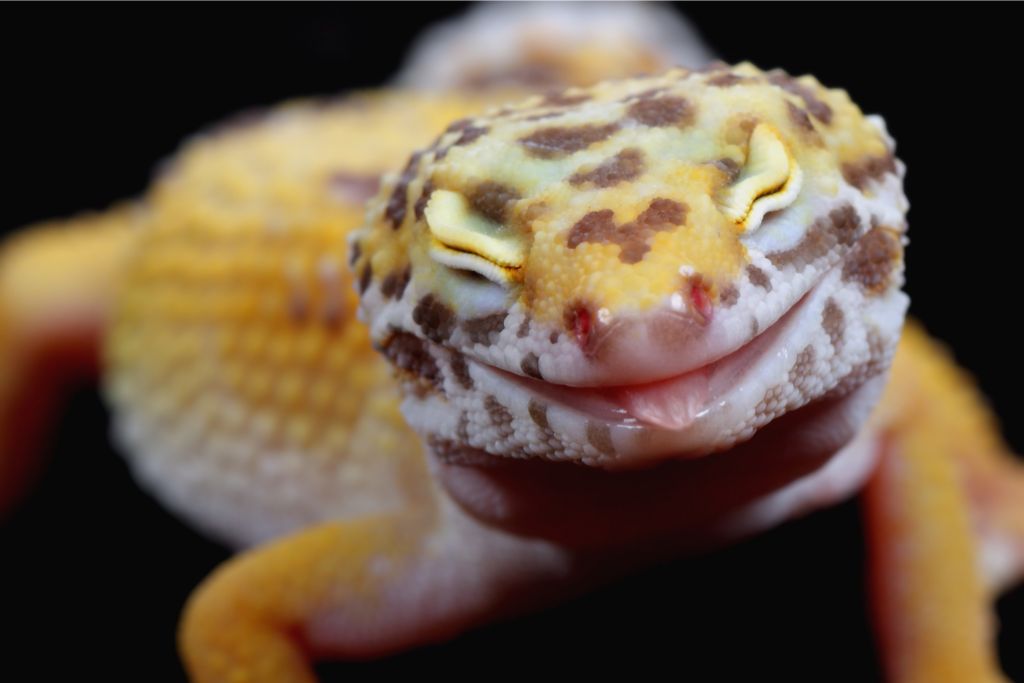
Observing your leopard gecko regularly is essential for ensuring its well-being. By paying attention to their behavior and appearance, you can detect any signs of stress, illness, or shedding. It’s important to remember that leopard geckos shed their skin periodically, which requires special care.
They may appear restless or inactive and have dull or pale skin during shedding. You can encourage them through these transitions by monitoring them.
When your leopard gecko is shedding, there are practical tips you can follow to assist them. A moist hide box helps the shedding process by creating a humid microenvironment.
Provide a small container of damp sphagnum moss or paper towels in their enclosure. This will help soften the old skin and make it easier for them to shed. Handling your gecko too much may stress it and hinder the shedding process.
Allowing your leopard gecko sufficient space and providing a suitable environment for shedding is crucial. During this time, minimizing any disturbances in their enclosure is best. Keep the temperature and humidity levels consistent and provide ample hiding spots to make them feel secure.
Leopard geckos need a stress-free environment to shed successfully. Avoid using rough or abrasive substrates, as these can cause injuries or difficulties during shedding. Providing a safe and comfortable space will ensure a smooth shedding process for your gecko.
Nutrition and hydration enhance leopard gecko health, including shedding. Feed crickets or mealworms with calcium and vitamin supplements for a balanced diet. These supplements help maintain bone health and support the shedding process.
Fresh water should always be available to keep your gecko hydrated. You can use a shallow dish or a water bowl with small pebbles to prevent accidental drowning. Providing nutritious food and clean water can help your gecko thrive.
Leopard geckos’ health involves surveillance, shedding care, space, diet, and water. Understanding and meeting their needs can help your gecko survive. Remember always to observe, learn, and adapt to ensure the well-being of your fascinating gecko companion.
Conclusion
It is crucial to closely monitor your leopard geckos and take prompt action if you notice persistent pale coloration. This could be a sign of an underlying health issue that requires attention. By providing a stress-free environment and proper care, we can ensure the well-being of these beautiful creatures.
Regularly checking their coloration and behavior will help us identify problems early on. If their look or behavior changes, visit a reptile vet or expert gecko keeper. A healthy and happy gecko results from our dedication to their care.
FAQs
Why is My Leopard Gecko Pale but Not Shedding?
A pale leopard gecko not shedding may indicate a health issue, such as stress, illness, or a nutritional deficiency. It is best to consult a veterinarian experienced in reptile care to determine the exact cause and appropriate treatment.
Why is My Leopard Gecko Pale and Not Eating?
Parasites, intestinal disorders, or stress may cause a leopard gecko to become pale and stop eating. It is essential to seek veterinary attention to diagnose and address the underlying issue.
How Do I Know if My Leopard Gecko is Dehydrated?
Leopard geckos with dehydration have wrinkled skin, sunken eyes, lethargy, diminished appetite, and infrequent urination. Providing a moist hide, ensuring a proper humidity level, and offering fresh water regularly can help prevent dehydration.
What Do Healthy Leopard Geckos Look Like?
Healthy leopard geckos have bright, alert eyes, smooth skin, a plump tail, and a well-rounded body. They exhibit regular feeding behavior, shed their skin normally, and are active at night.

